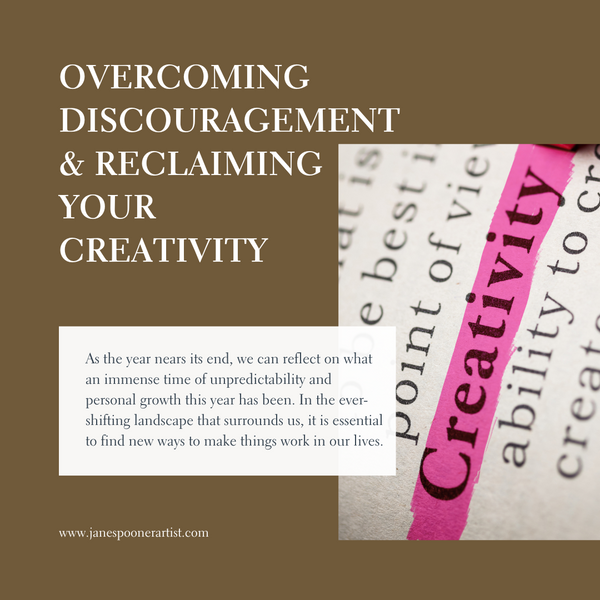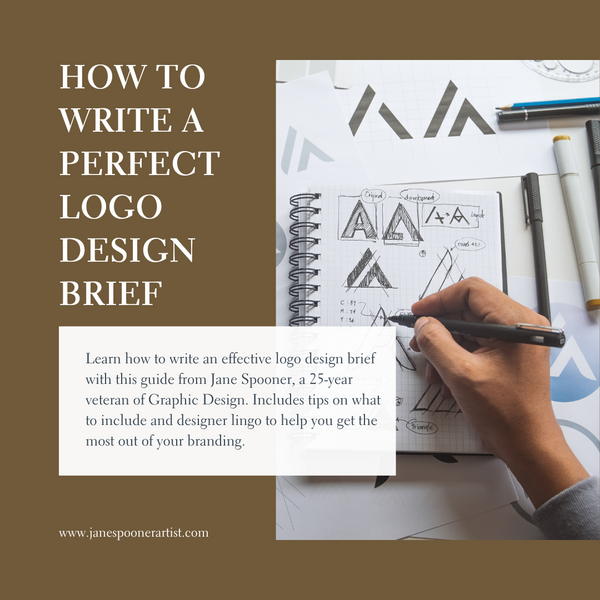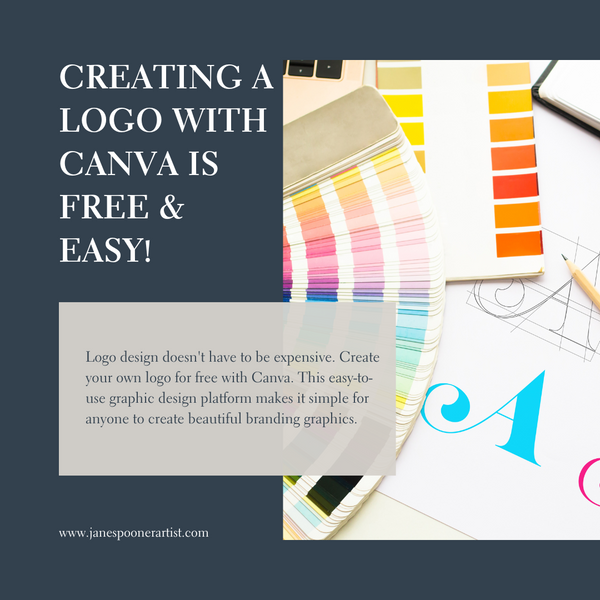
We are supported by our visitors. If you click through our links & make a purchase, we may earn an affiliate commission. Learn more
As an artist, you want people to recognise and connect with your work. They should be able to quickly identify your art, as yours. How do you do that? Enter brand building! Branding is a tool that can help take your art career to the next level. It’s all about creating a unique identity that sets you apart from other artists. Here are ten tips for building a successful brand as an artist.
1. Why do artists need a brand?
It can be tough for artists to explain their work using only a few words. Art is different from other products because it's constantly evolving and requires self-expression. Many times, when an artist discovers a certain structure or design that works, they find success in the market. However, if you're still developing your style — like most artists are — then creating a way for people to connect with your work is vital; and that's where branding comes in.
A brand is more than just a name or logo-- it's like an artist's way of telling their story. For example, say you're a musician and you've been invited to play at a music festival. The event's marketing team will want to use your info for the official poster and online advertisement. If all you give them is your stage name, that might not be enough to encourage potential fans to check out your set. But if they have your logo too, that could definitely spark some interest.
Creativity is the most important aspect of artist branding. For example, when Prince decided to change his name to an unpronounceable symbol, it showed fans that he was avant-garde, sensual, original, and sensational simply through the image. His brand communicated his art effectively — and yours can too.
2. Define Who You Are- You are your brand!!
Define who you are as an artist by answering a few key questions, such as your artist's statement. What do you want to communicate through your artwork? What does it mean to you on a personal level? How is your art unique compared to other artists in your field? By taking the time to answer these questions, reflect on what makes up your art brand and how you can use that information to make yourself stand out from comparable artists. Your potential buyers and collectors will be more interested in your art if they feel like they know you better. If you're memorable and personable, it makes your artwork more approachable too. Keep this up, so that investors don't buy from you blindly--show them what kind of artist you are and what principles guide your work.
4. What would you like to achieve?
What do you want to achieve with your art brand? Only share it publicly to receive more exposure? Start selling part-time? Or turn this into a full-time career? You need to decide what you want so you can take the correct steps. In other words, determine what your return on investment is in business terms, and then create a plan ensuring that goal becomes reality!

5. How do I brand myself as an artist?
Branding yourself as an artist can be time-consuming, but it's worth it when you need to create a flyer or send your media packet to someone. If you already have a branding strategy in place, then you won't have to waste time making decisions about how to present yourself. That way, you'll have more time for the art itself. It is essential to consider your professional image from the start of your artistic career as it will follow you throughout your life. With social media, people can always look back and see how you have chosen to present yourself.
6. Keep it simple
There are many advantages to the branding process, one of which is that you can make numerous decisions beforehand and remain consistent with them. For example:
- Fonts. Choose two complementary fonts you would use on a flyer, social media and website. Google Fonts is a good place to start, you can use them commercially, and even include them within a product that is sold commercially.
- Colour scheme. Pick a few colours that you like and use them consistently for all your marketing efforts. This will help create a cohesive brand identity that customers will recognise and appreciate.
-
Logo. Create a logo that includes a simple image and your name. If you are a complete beginner Canva makes it easy.
If you want to hire a professional, 99Designers is a great place to start. It's a global creative platform that connects designers with clients who need custom graphic design work done. You can either hire one of the many talented designers on the site or start a design contest. - Tone. Consider how you want to present yourself, and ensure that your tone is appropriate for all communications, social media postings, and press releases.
Related Article: Creating a logo with Canva is free & easy!
Related Article: How to write a perfect logo design brief
7. Think of your audience
Creativity and artistry come from within, but in order to gain a following, artists need to focus on building their brand.
Your presentation of self should be relatable to your target audience.
For example, when Bob Dylan decided to transition from folk singer to rocker, he didn't let the fear of being booed stop him. Instead, he took his time and allowed his audience to understand his genius. You can avoid rejection by always considering your audience as you present yourself through social media and elsewhere in the art community.
 Bob Dylan, 1965. © Globe Photos/ZUMAPRESS.com/Alamy
Bob Dylan, 1965. © Globe Photos/ZUMAPRESS.com/Alamy
Bob Dylan's journey from acoustic folk to electric rock emphasizes how crucial confidence is to artist branding. Another great example of this comes from Bob Dylan himself: he was born Robert Zimmerman but changed his name as part of his brand because he believed it would be more accepted by his audience. So, when you're crafting your artist bio, remember to keep your target audience in mind — and make sure the final product feels like yours.
8. Get the Word Out
Establishing relationships with other artists in your field has numerous benefits. By collaborating on projects, you can help each other to reach a broader audience and learn from established professionals. You can also take advantage of opportunities to connect with the makers of your favourite art supplies. Staying up-to-date with your favourite art supply brands and their products is a great way to get started on building relationships with them. Many art supplies partner with artists as a means of promoting creativity and developing new ideas. If you want more exposure for your artwork, partnering with the companies that make it possible is an excellent way to go about it!
9. Be Available
No matter your preference for interacting with your audience, you need to be accessible. If you have a physical storefront or a virtual one, you must make sure people can find you easily. Get started by taking advantage of powerful online tools like social media; in today's busy world, many people use social media to stay connected. Create an account and/or page on the platforms where your followers spend most of their time. As an artist, you want to take advantage of those social media platforms that offer more of a visual experience: Pinterest, Facebook and Instagram. Start sharing your art with friends and family; create a “business page” for your artistic brand on Facebook to provide information on where people can find your art — whether you own an actual storefront, sell via the website or utilize other online resources like Etsy. Make sure to keep your fans updated on your latest art projects, whether you have any artwork for sale, and what new subject matters or media you're exploring. You can create Boards on Pinterest with different art categories, making it easy for viewers to find the type of artwork they prefer. Keep your Instagram profile fresh by regularly posting beautiful images and videos of your work-in-progress and finished pieces. If you enjoy in-person interactions more than online ones, staying active in your community is key. Consider exhibiting your work at local art fairs and events - nothing draws a crowd like a working artist! This also allows you to network with other small businesses in your area.

10. Bring Them Back for More
If you want collectors to keep coming back, you have to gain their loyalty. But contrary to popular belief, gaining loyalty doesn't only mean selling or constantly sharing your art. You also need to share a piece of yourself--make some sort of connection. As stated before, people should be able to relate to both you and your brand as an artist. A great way to connect with potential customers on a deeper level is through social media. If they are following you, it's likely because they appreciate art as much as you do. Share what inspires your artwork, quotes that motivate your creative process, any trends or newsworthy events in the art world, and tips other artists might find useful. You can also employ this method on your website by starting a blog or newsletter or creating a resource page for links to helpful artist websites.
Conclusion
Building a successful brand as an artist doesn't happen overnight—but with dedication and hard work, it is possible! Start small by implementing some of the tips above into your business plan today; before long, people will begin recognising not just any piece of artwork but rather an art belonging specifically to YOU! Good luck on this journey towards artistic success!
Join me in spreading the word! I'm sharing this inspiring article on Pinterest and invite you to do the same. Let's make sure everyone has access to great ideas, insights and knowledge - our way of helping each other grow! Click the below image and help share these ideas now – let’s make sure no one misses out! ↓

We are supported by our visitors. If you click through our links & make a purchase, we may earn an affiliate commission. Learn more




